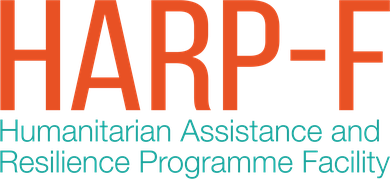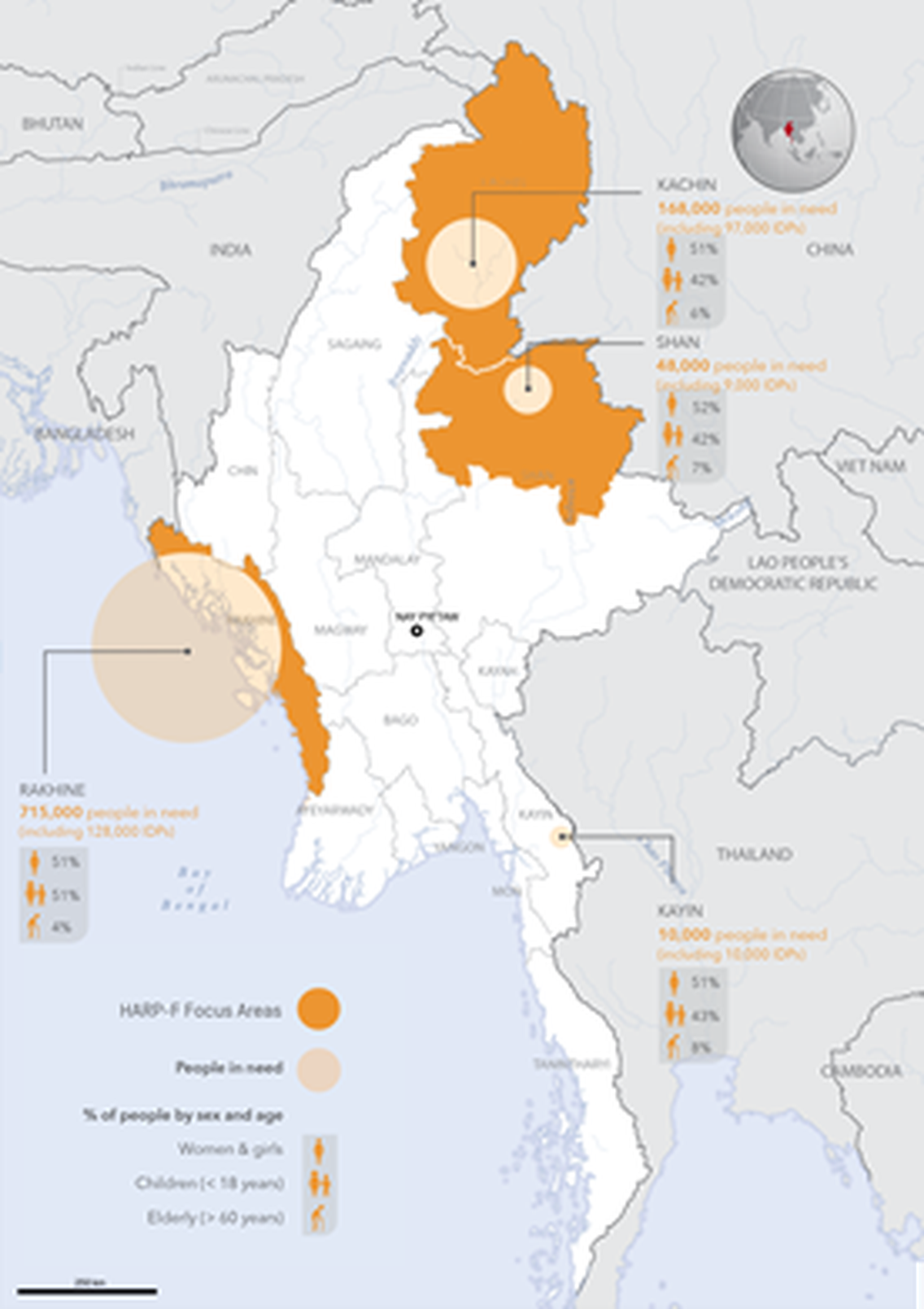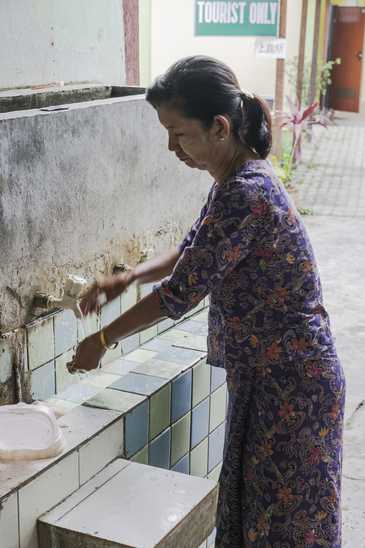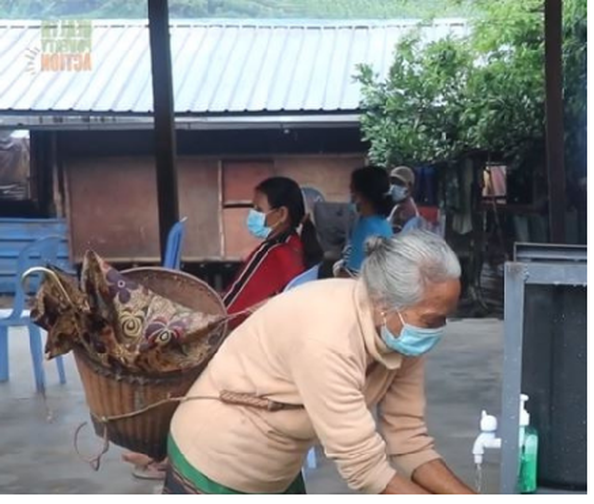1/ Community ownership: “Long term” multi-year funding (>24 months) was a key factor in supporting substantial advances in community ownership and management of WASH services in a challenging operating environment (central Rakhine IDP camps)
2/ Capacity development: “Medium term” multi-year funding (12-24 months) was effective in supporting a structured process of local NGO capacity development (mostly evidenced in Kachin/NSS). It was crucial to maintain coordination with other capacity building providers for this funding to be effective.
3/ Programme quality: Multi-year funding of any duration (12 months or more) helped implementing agencies build programme quality and led to administrative and operational cost savings in comparison to typical short term humanitarian funding.
4/ Sustainability & resilience: A contextualised strategy framework for WASH programming was helpful in guiding HARP-F support to partners, HARP-F funding decisions and HARP-F partner planning. It outlined relevant approaches to sustainability and resilience for the key operating contexts in Rakhine and Kachin States.
5/ Funding gap risk: HARP-F recognised the difficulty that a funding gap would present for local NGOs and tried to mitigate the risk of this happening. Given the effort invested by HARP-F and partners in LNGO capacity development it was crucial that HARP-F found ways to ensure sustained funding for local NGOs working in a protracted crisis.
6/ Better M&E: The M&E approach needed to be better at capturing outcomes and learning. There would be increased benefit from multi-year funding, and stronger evidence for the future, if M&E approaches were designed to understand emerging long-term outcomes and learning. A results/outputs focused humanitarian M&E approach is not sufficient.
7/ Multi-year thinking: Multi-year thinking and planning was encouraged alongside multi-year funding. The HARP-F experience shows that multi-year funding is not the only tool that can support programme quality, efficiency and longer-term WASH outcomes. In a protracted crisis multi-year planning approaches should be encouraged at all levels.









